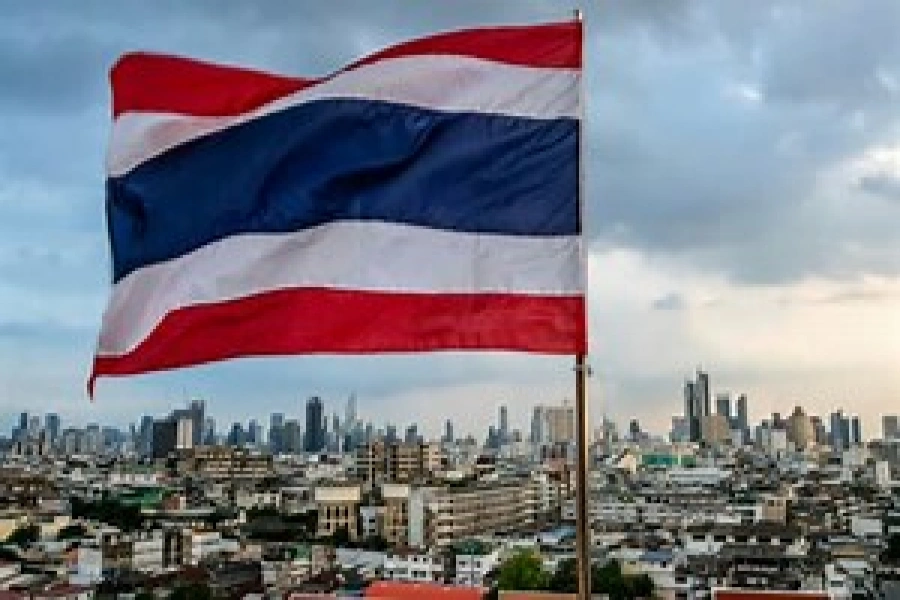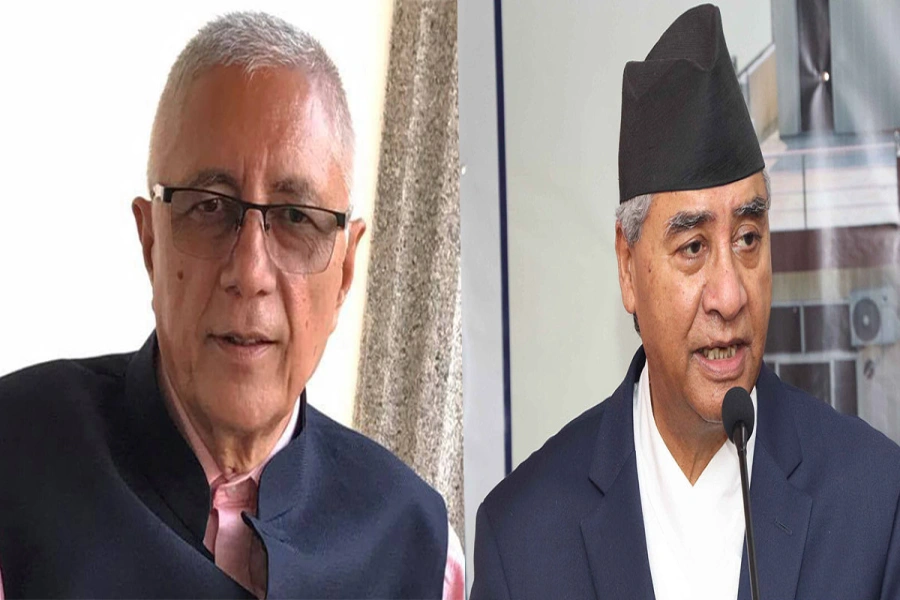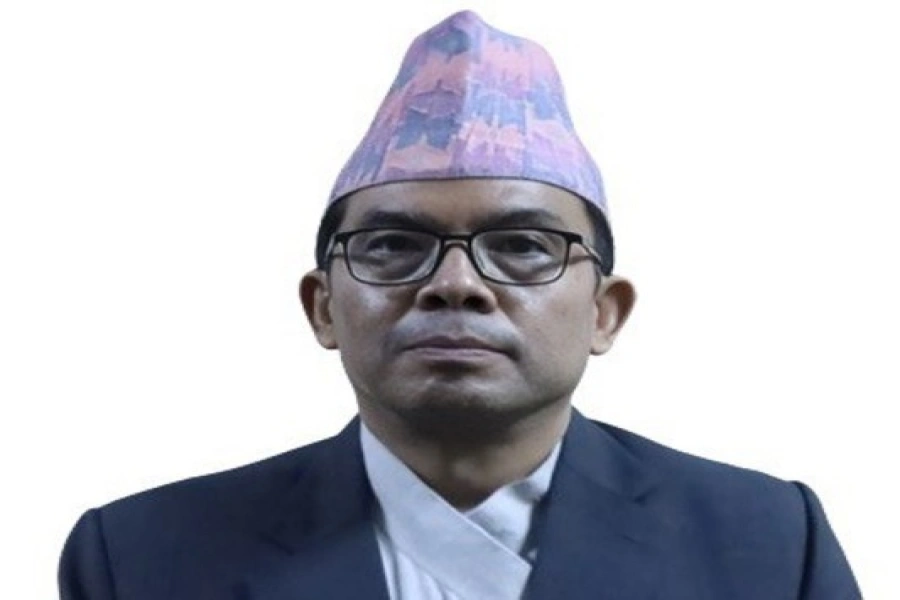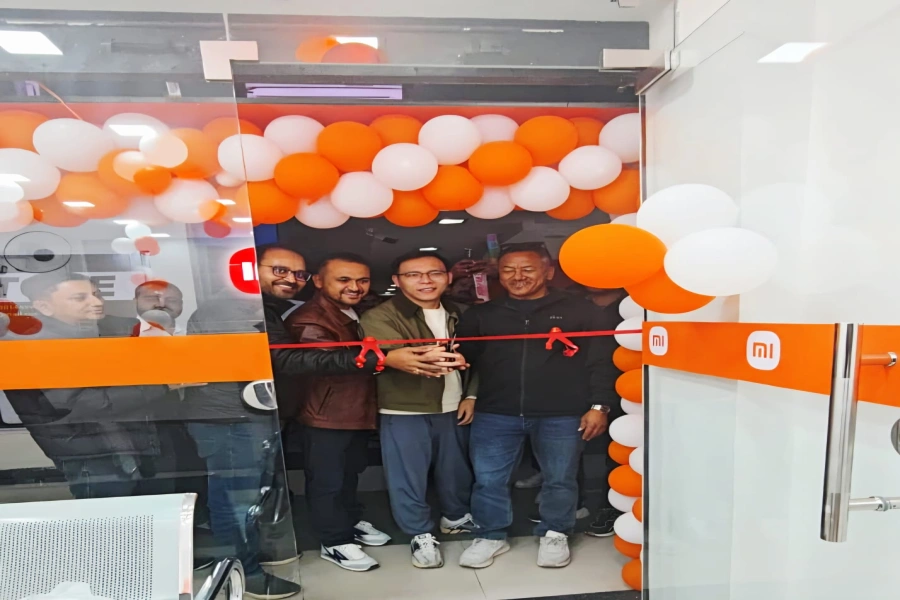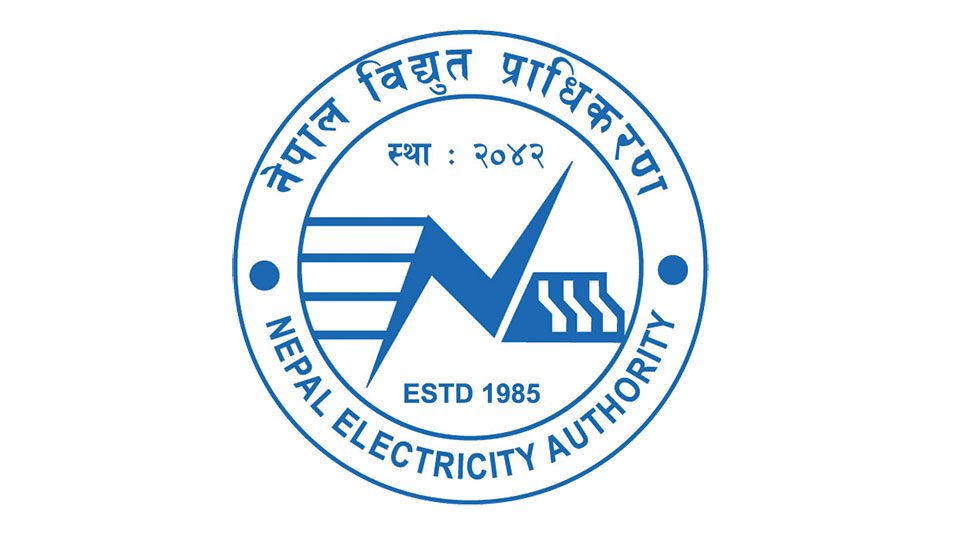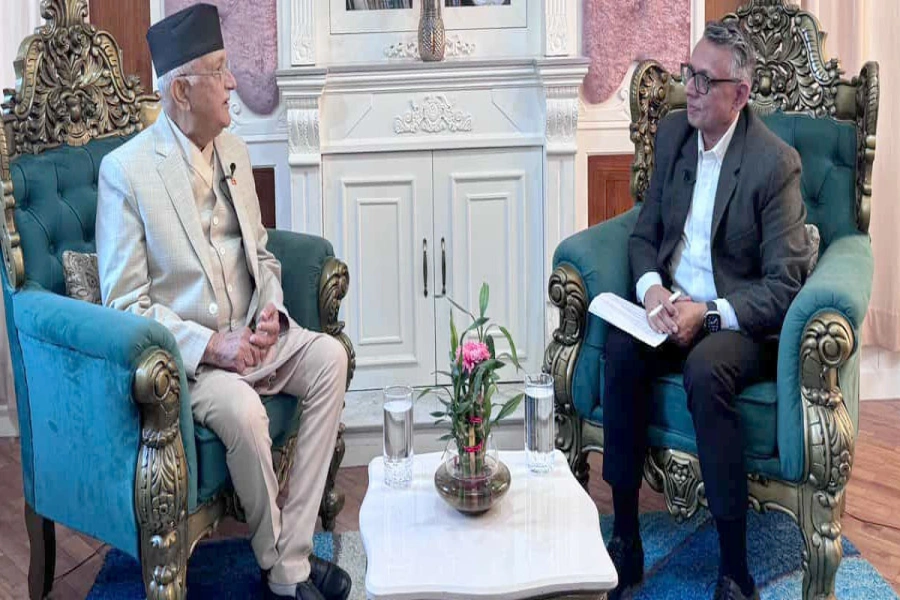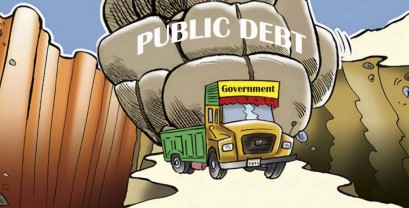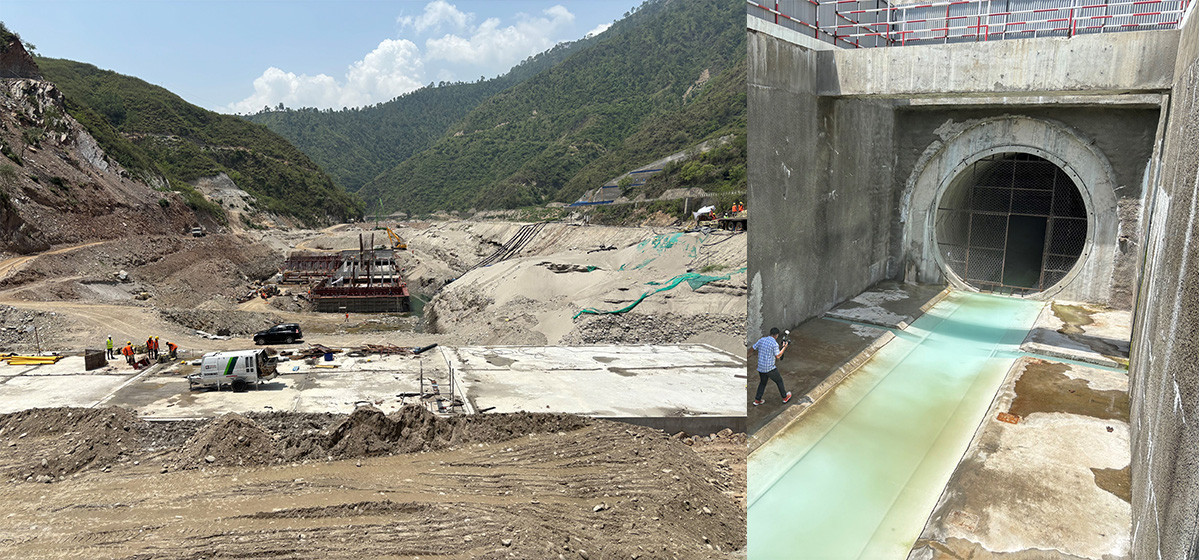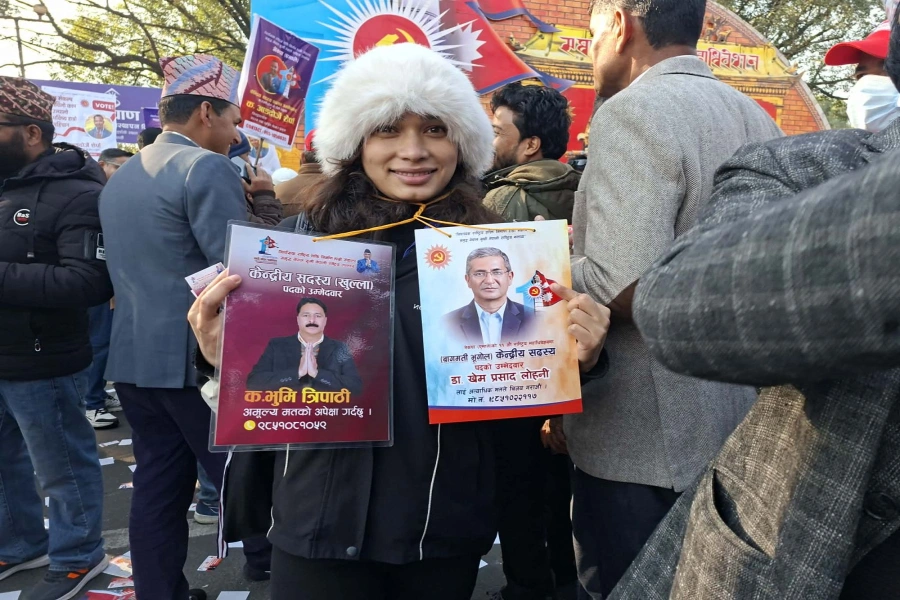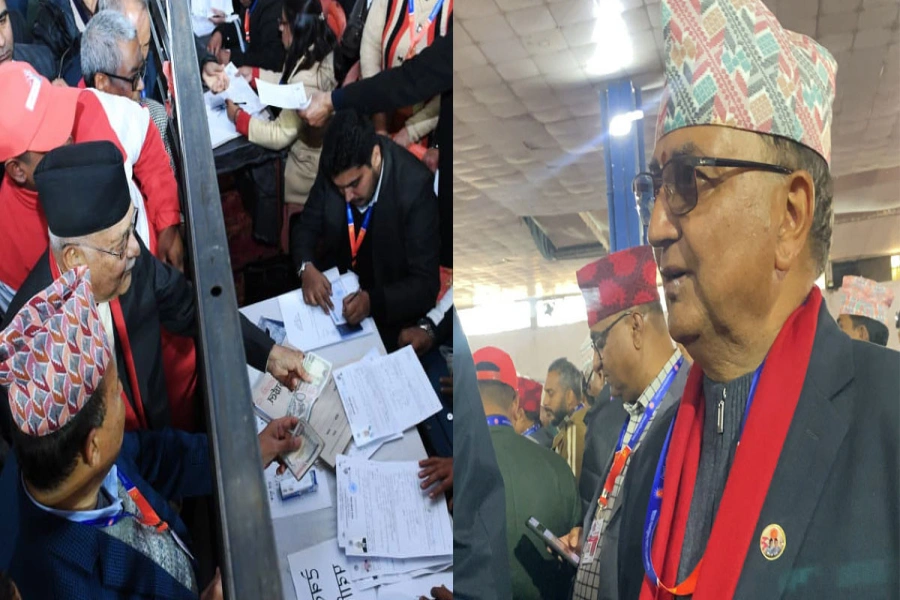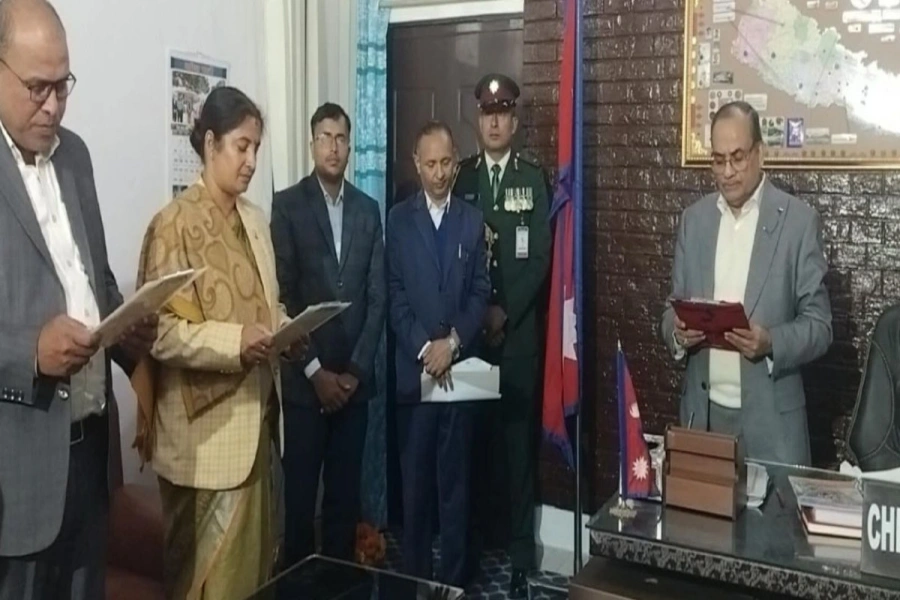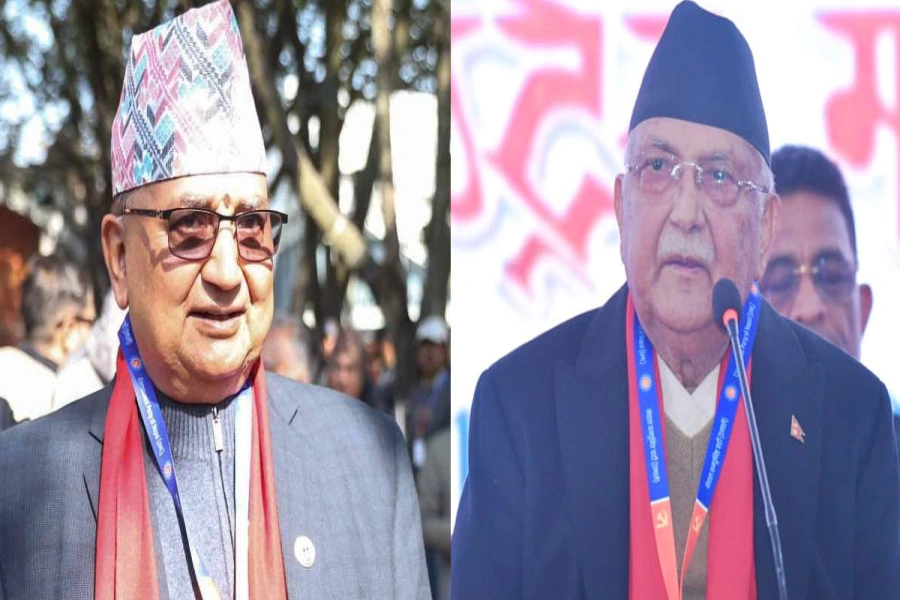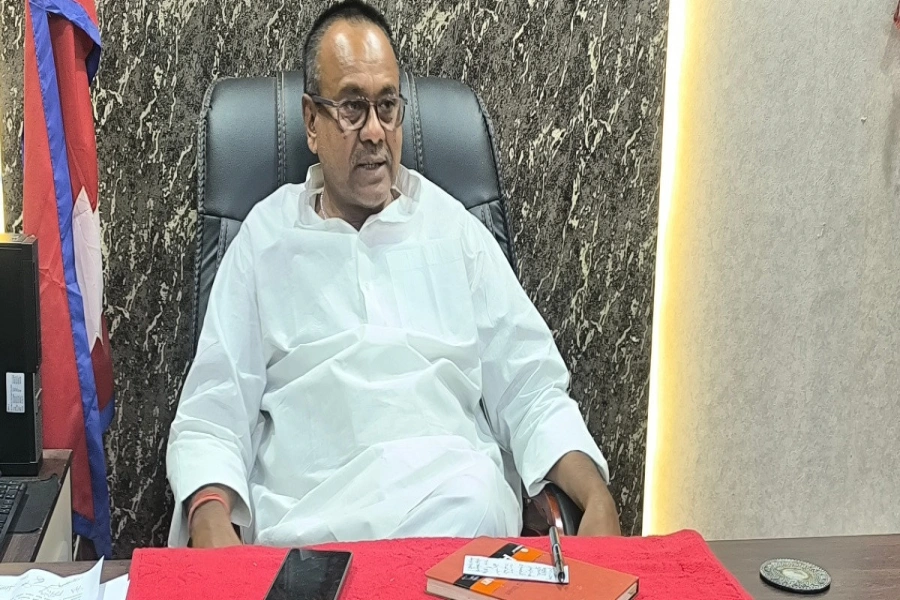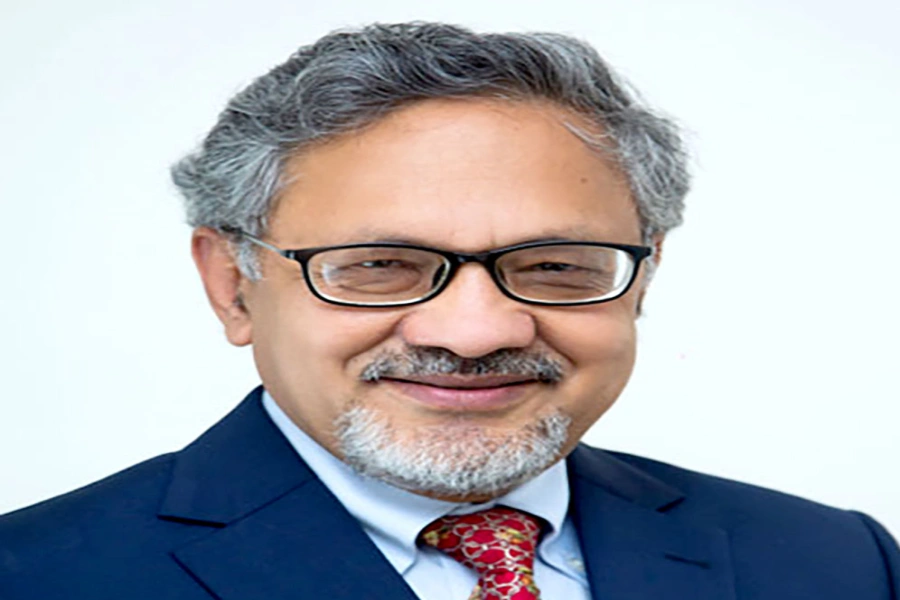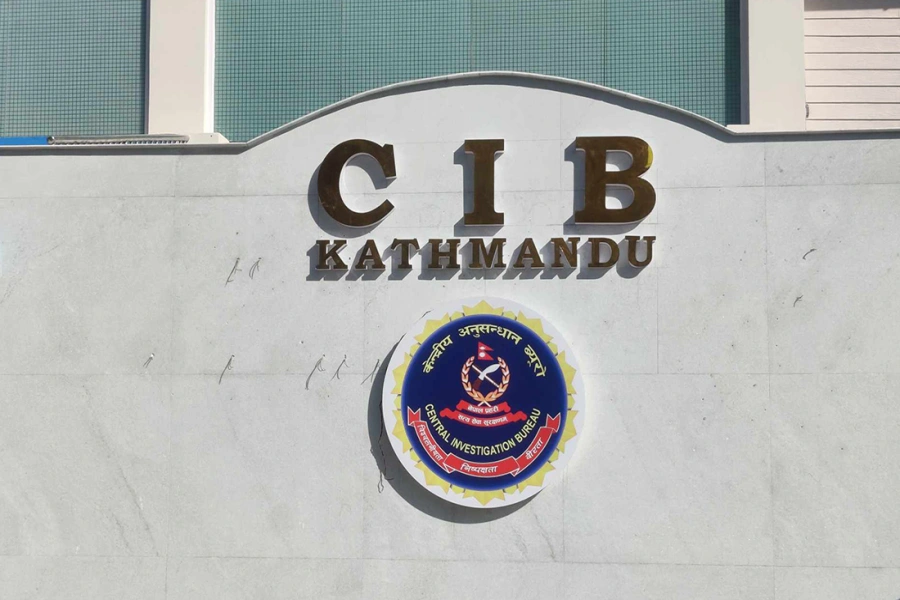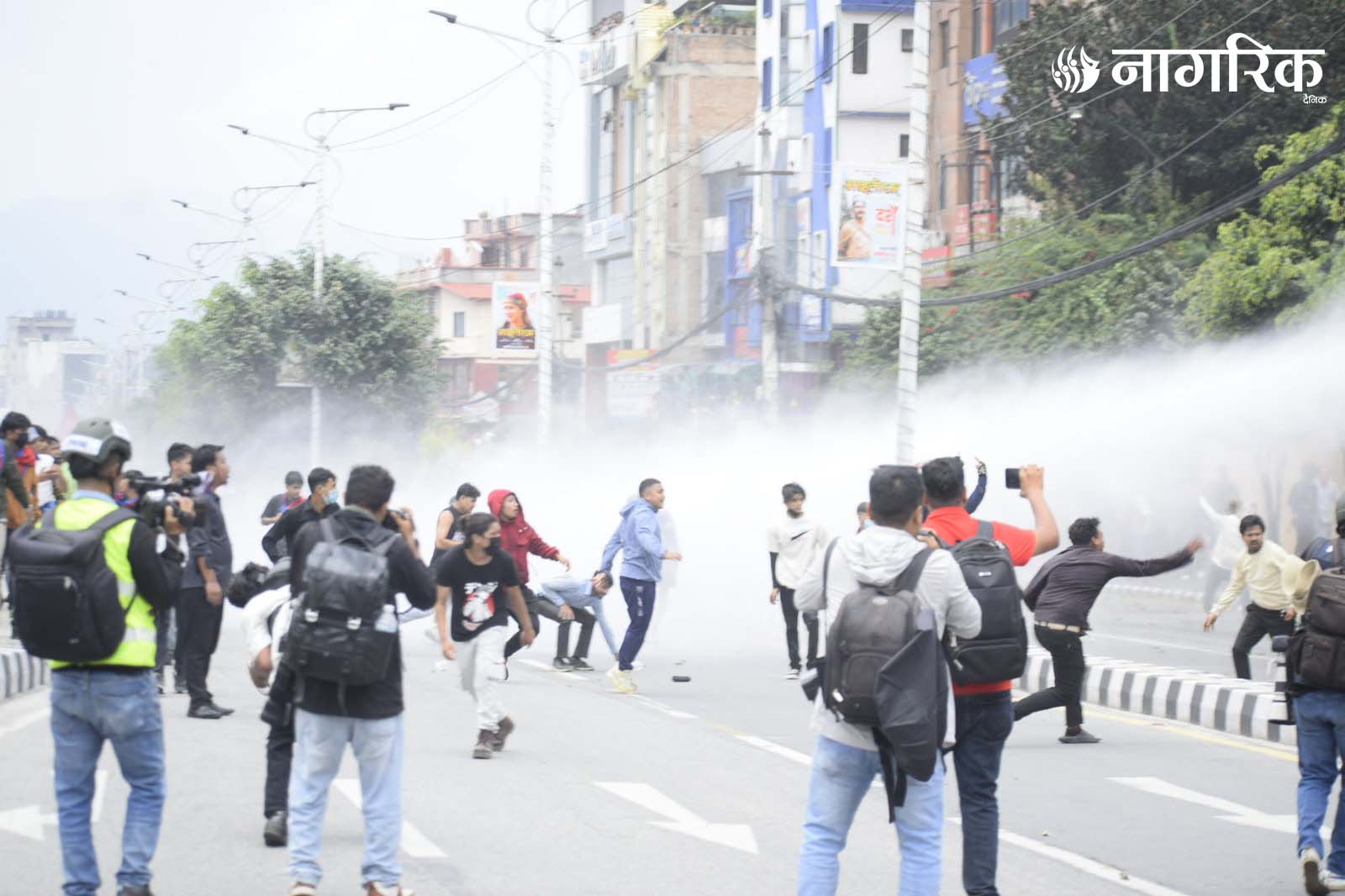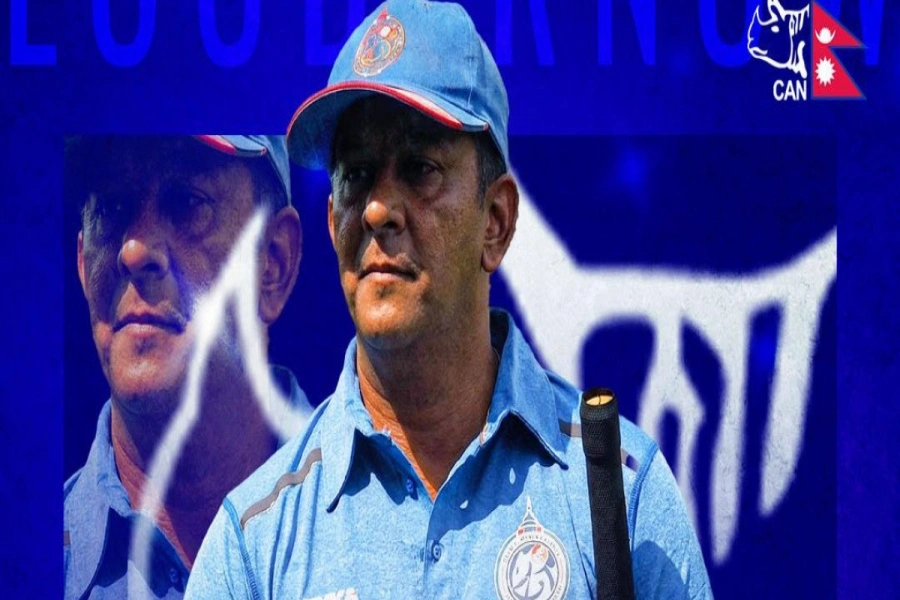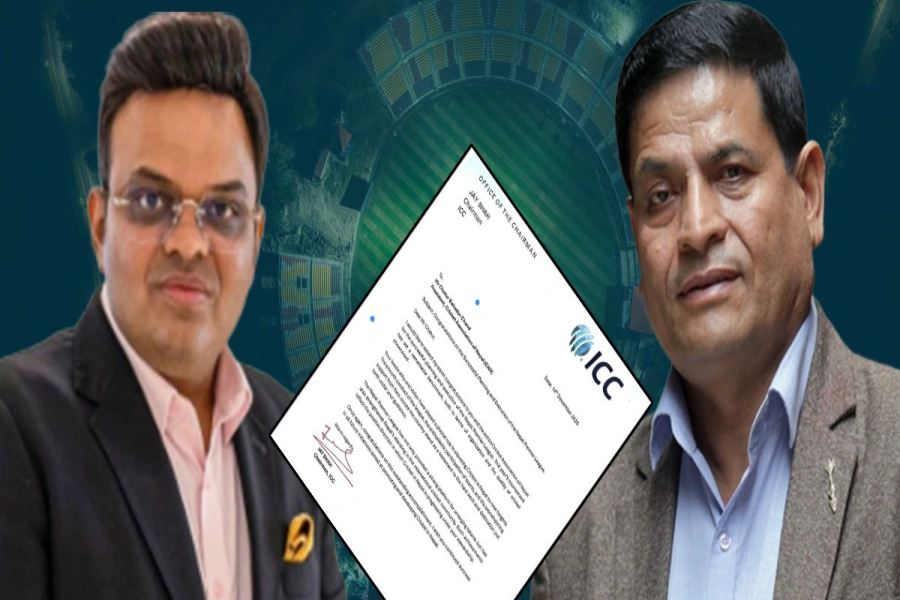KATHMANDU, Feb 4: In a first-of-its kind initiative to involve the private sector in distribution of electricity supply, the government has forwarded the process to allow private hydropower developers to fix the wheeling charge by themselves.
A ‘wheeling charge’ in electricity supply refers to the fee levied by a company for transporting electricity generated at one location to the buyers through the power developer’s transmission and distribution network. As of now, the Nepal Electricity Authority (NEA) has been fixing the wheeling charge to be supplied to the industries by private sector power developers. The new move will help break the monopoly of the NEA in the segment.
Ram Prasad Dhital, chairperson of the Electricity Regulatory Commission (ERC), told Republica that they have taken the initiative to revise the guideline related to the distribution of electricity. “At present, we have asked for necessary feedback from the stakeholders including the NEA and the National Transmission Grid Company to fix the transmission lines tariff to be used by private companies to sell their products,” said Dhital.
Govt preparing to allow private sector to trade electricity: Mi...

While implementing the ‘Take or Pay’ model to purchase electricity generated by the hydropower companies, the NEA has made it mandatory for the private sector developers to construct their own transmission line up to the nearby substation. The NEA has been utilizing its discretionary power to decide on when to use the power supplied by particular hydropower developers.
Dhital said the proposed provision talks about allowing the private developers to use the national grid with capacity of more than 66 kV to supply their produced electricity to their clients. “By taking approval of the NEA and the ERC, a power developer can fix the rate of distribution to sell their electricity to the business entities,” said Dhital. “However, the electricity tariff will be the same as the rate fixed by the NEA while signing power purchase agreements with the developers.”
According to Dhital, the regulator has been considering two modalities to fix the rate of using transmission lines. Under the first type involving the postage stamp method, the transmission line tariff will be fixed by considering the ratio of the maximum load that the transmission line can carry to the actual peak load sent by the developer company. In the second type named MW-Mile method, the tariff rate is estimated on the basis of the distance to which the power is distributed.
At present, the NEA does not take any wheeling charge from private developers for using its transmission lines. However, the NEA pays a wheeling charge worth Rs 950 million annually to the Indian authority for use of the 400 kV Dhalkebar-Muzaffarpur cross-border transmission line.
Of late, the private sector has also been expressing its interest in construction of transmission lines. Last month, six private sector promoters stepped up efforts to build the Tamor-Dhungesanghu 220 kV transmission through a public-private partnership under the 'build-operate-transfer (BOT)' model.



